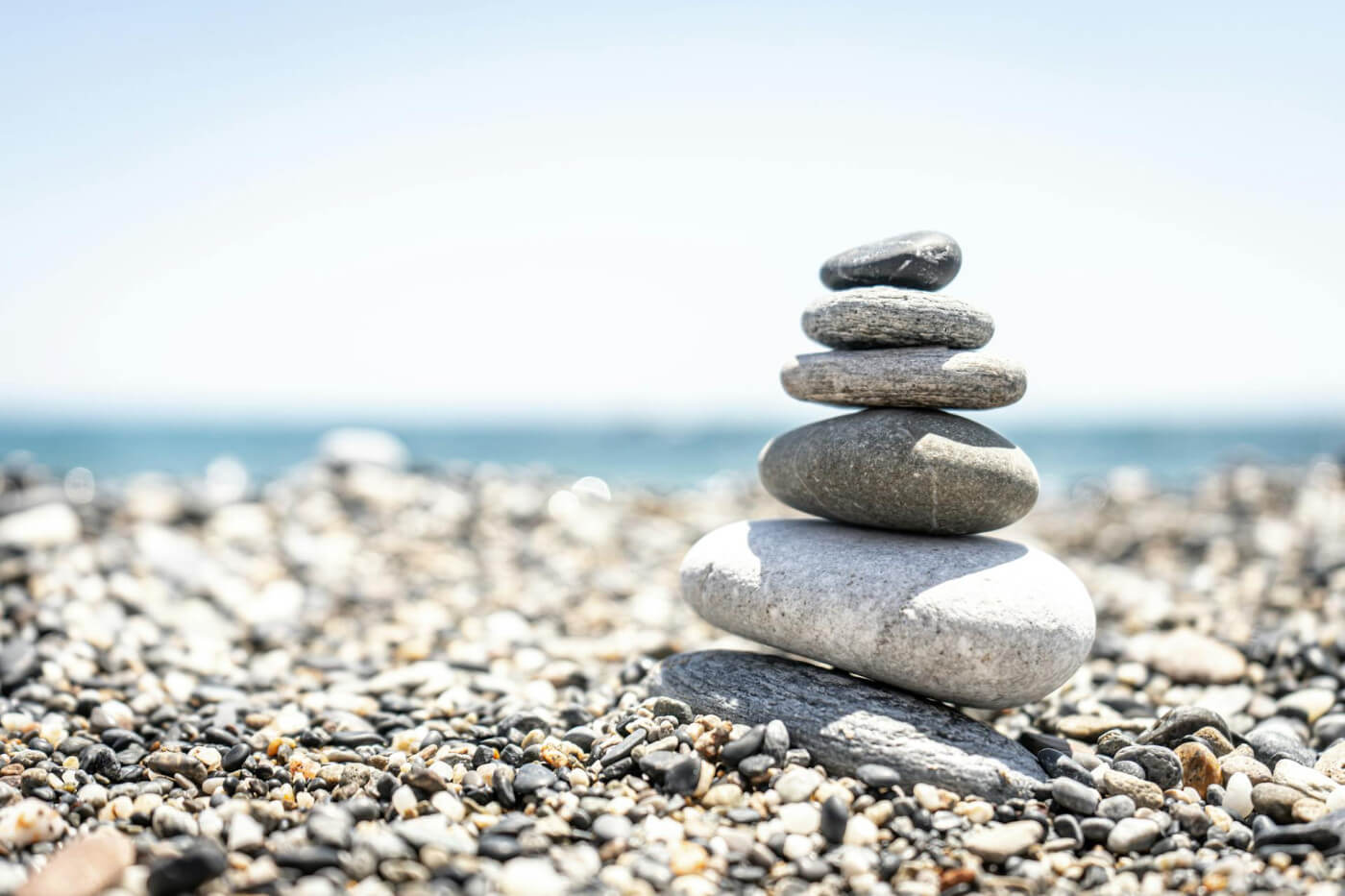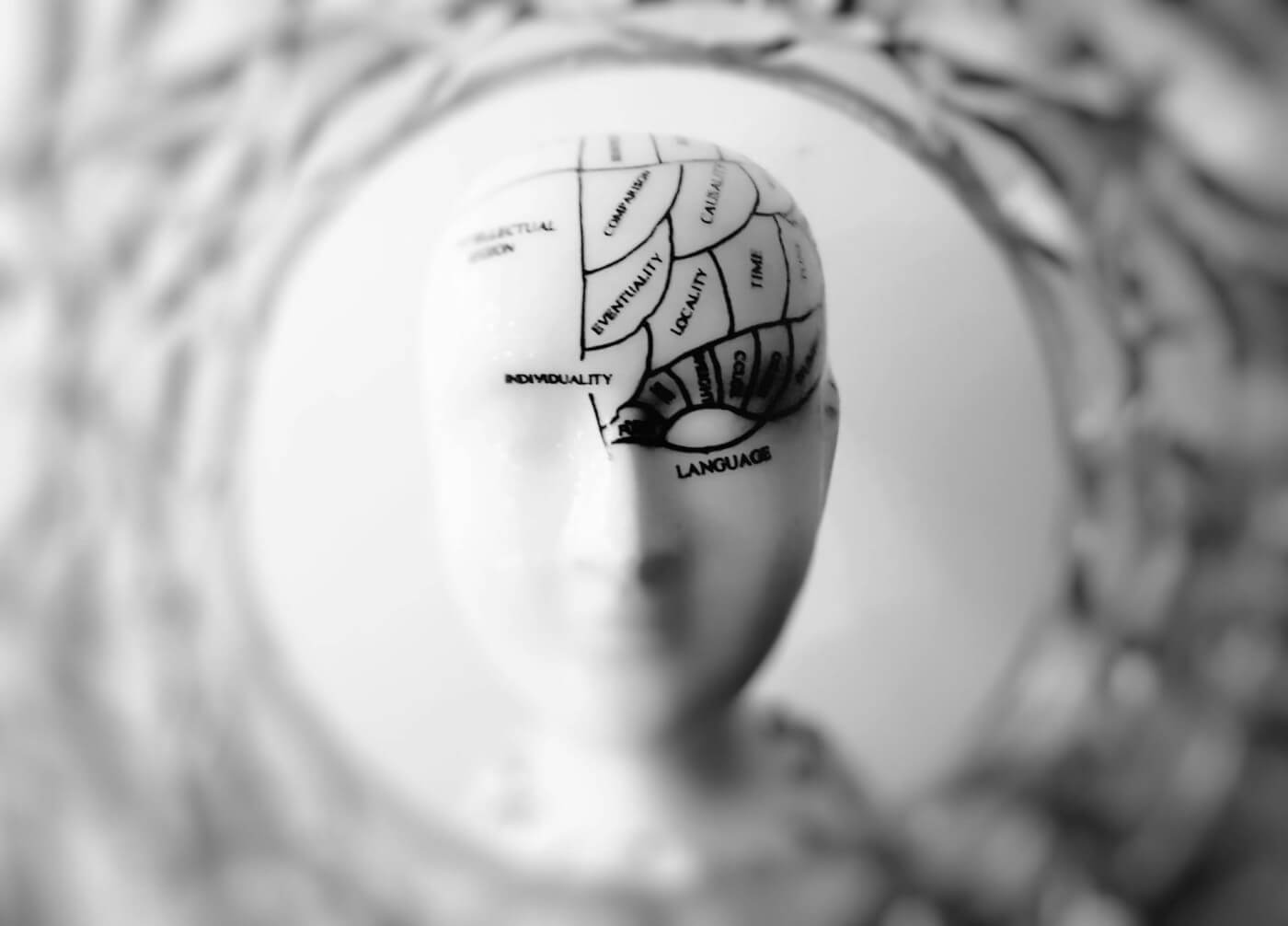Meditation and mindfulness are frequently used interchangeably, but they refer to different practices. Meditation is an intentional and structured practice in which an individual focuses their mind on a particular object, thought, or activity to achieve mental clarity and emotional calmness. It involves setting aside dedicated time to engage in a particular technique, such as concentrating on the breath or chanting a mantra. Regular meditation can calm the mind, increase concentration, and promote relaxation.
On the other hand, mindfulness is a quality of awareness that individuals can bring to their everyday life. It’s about being fully present in the moment without judgment and being aware of one’s thoughts and feelings without attachment or reaction. Mindfulness can be developed through meditation but can also be practised in any daily activity, such as eating or walking. Techniques like deep breathing or focusing on sensory experiences help individuals stay grounded in the present moment.

Despite their differences, both practices are deeply intertwined. Meditation can strengthen one’s ability to be mindful, while mindfulness can enhance the quality of meditation by fostering a non-judgmental, present-moment awareness. There are various types of meditation, each with its approach to developing mindfulness, including practices like body scans, loving-kindness, or focused attention.
Exploring the Concepts
In this section, we dissect mindfulness and meditation, distinguishing between the two while acknowledging their interconnectedness. We also touch on various practices and their practical applications in routine life.
Defining Mindfulness
Mindfulness embodies the quality of being fully present and engaged with the here and now. Pioneered by Jon Kabat-Zinn, the creator of the Mindfulness-Based Stress Reduction (MBSR) programme, mindfulness is about maintaining a moment-by-moment awareness of our thoughts, feelings, bodily sensations, and surrounding environment through a gentle, nurturing lens.
Understanding Meditation
Meditation, on the other hand, is a practice or set of techniques intended to encourage a heightened state of awareness and focused attention. Meditation often involves certain elements like focus, concentration, and deep breathing, enabling individuals to achieve a clearer, calmer state of mind.
Differences and Commonalities
Though distinct in concept, mindfulness and meditation share essential qualities. Mindfulness is a state of being; meditation is a tool to achieve that state. Both are deeply rooted in the practice of observant and nonjudgmental focus on the present moment, leading to benefits for mental health conditions such as stress, anxiety, and depression.
Practical Applications
Practical applications of mindfulness and meditation are varied. They include formal practices like mindfulness meditation, Zen meditation, and transcendental meditation, as well as informal practices such as mindful eating and incorporating mindfulness in daily routines. Yoga often integrates both mindfulness and meditation within its discipline.
Beyond Practice
Extending beyond formal practice, mindfulness and meditation impact quality of life, influencing relationships, promoting feelings of gratitude, inner peace, and joy. They are also integral to therapeutic practices like cognitive therapy and dialectical behavior therapy, aiming to cultivate a more compassionate and appreciative spirit towards life and nature.
The Benefits and Outcomes
Exploring the similarities between meditation and mindfulness reveals a shared suite of benefits that enhance both our physical and mental well-being, as well as our emotional and social interactions. These practices deepen awareness and foster a state of calm, leading to improved health and harmony in relationships.
Physical and Mental Benefits
Integrating mindfulness meditation and other forms of meditation into one’s routine can lead to significant physical health improvements. Studies suggest that these practices contribute to reduced stress and enhance the body’s ability to relax, reflecting positively on physical health. For example, deep breathing exercises, often found in guided meditations, help activate the vagus nerve, which can lower heart rate and promote a calm state. In addition to relaxation, meditation can bolster the immune system and improve sleep patterns.
Mental health benefits are equally noteworthy. Regular meditation is linked to increases in focus, memory retention, and overall cognitive function. The practice aids in developing a heightened sense of awareness, allowing individuals to catch negative thought patterns and shift towards more positive thinking. Furthermore, mindfulness can improve symptoms of anxiety and depression by fostering a state of presence and acceptance.
Emotional and Social Advantages
Meditation and mindfulness extend beyond the individual, positively affecting emotional states and social interactions. Emotionally, these practices help cultivate acceptance, compassion, and loving-kindness, leading to a more profound experience of joy and gratitude in daily life. As individuals learn to manage their emotions better, they often discover an improved capacity for handling relationships with others, nurturing a sense of connection and understanding.

Social advantages manifest through enhanced empathy and better communication. With a clear, calm mind, individuals become more attentive and responsive listeners, which helps reinforce personal and professional relationships.
Deepening Your Practice
As one progresses in their meditation and mindfulness journey, the depth of calmness and relaxation achieved can become more profound. Continuing practices such as body scans and mindfulness meditation strengthens the mind’s ability to remain present and unfazed by stress. This deepening process enhances the quality of life, as individuals learn to approach each moment with a balanced and serene outlook.
Incorporating Mindfulness and Meditation into Daily Life
Mindfulness and meditation can be intertwined into daily life to promote mental calm and well-being. Developing a precise routine and applying specific techniques are fundamental for reaping their full benefits.
Creating a Sustainable Routine
Creating a sustainable meditation routine requires identifying a time and place that complement one’s daily schedule. Consistency is key; starting with a few minutes each day can help form a habit. Incorporating meditation into routine activities, like a morning stretch or evening wind-down, can also encourage regular practice.

Tools and Techniques
Various tools and techniques can assist in maintaining a meditation routine. Apps offer guided meditation sessions, while pillows can provide comfort during practice. For mindfulness, simple practices like taking deep breaths before a meal or using body scan meditation to release tension can be helpful. Loving-kindness meditation enhances feelings of joy and calm.
Overcoming Challenges
Individuals often face challenges such as stress, anxiety, or a monkey mind that jumps from thought to thought. It’s crucial to identify triggers and adapt the environment to minimise distractions. One may start by focusing on a single task – the essence of mindfulness – to combat multitasking and foster concentration.
Enhancing Overall Well-Being
Regular practice of mindfulness and meditation positively affects the self, including body, mind, and spirit, leading to improved well-being. These practices reduce stress and develop a state of calm, enhancing one’s ability to experience joy and loving-kindness in daily life.
Concluding Thoughts
In summary, mindfulness and meditation are interconnected yet distinct concepts. Mindfulness is the practice of maintaining awareness of one’s thoughts, feelings, bodily sensations, and the present moment. It is a quality one can exhibit at any point in time without the need for structured practice. Meditation, in contrast, is a more formal practice that can foster mindfulness. It typically encompasses specific techniques such as focused breathing exercises to induce inner peace and clarity.
The benefits of meditation are manifold; through regular practice, individuals may experience improvements in concentration, stress reduction, and emotional regulation. Mindfulness contributes to a holistic sense of wellbeing and can enhance one’s capacity for empathy and love towards oneself and others.
When considering these practices in daily life, it is essential to acknowledge that they are not necessarily synonymous but can complement each other to support mental and emotional health. One may engage in meditation to deepen their mindfulness or apply mindfulness in daily activities for a serene state of being. Each serves the purpose of enriching one’s life with benefits that extend well beyond the moment of practice.
Individuals interested in exploring these practices should consider their unique lifestyles and preferences to integrate them in a manner that promotes sustained benefits and aligns with personal goals for wellbeing.
School of positive transformation is offering various types of wellbeing courses and trainings, ie positive psychology online course, accredited life coaching courses online, nlp neuro linguistic programming training or children meditation teacher training and more.
Frequently Asked Questions
This section addresses common inquiries regarding the nature and practice of mindfulness and meditation, providing clear distinctions and insights into their individual characteristics and the interplay between them.
What are the distinctions between mindfulness and meditation?
Mindfulness is the quality of being present and fully engaged with whatever one is doing at the moment. In contrast, meditation is a practice, a structured approach designed to cultivate this state of mind.
In what ways do mindfulness and Buddhist meditation differ?
Buddhist meditation is a form of spiritual practice where mindfulness is just one aspect. Mindfulness within Buddhist meditation aims for a deeper understanding or insight into the nature of reality.
Can mindfulness be practised independently of meditation?
Yes, mindfulness can be practised in everyday activities such as eating or walking. It’s an awareness that one can cultivate outside of a formal meditation session, focusing on the present moment with intention and non-judgment.
Is there a necessity for meditation to achieve mindfulness?
While meditation is a valuable tool for developing mindfulness, it is not strictly necessary. Mindfulness can be achieved through various practices that encourage present-moment awareness without meditation.
Are the benefits derived from meditation superior to those from mindful breathing?
Benefits from meditation often extend beyond the period of practice, while mindful breathing can primarily offer immediate relief. Nevertheless, both can improve well-being; the superiority of one over the other depends on individual objectives and preference.
How does mindfulness meditation differ from other types of meditation?
Mindfulness meditation focuses on the present moment with an attitude of openness and non-judgment. Other types of meditation may involve concentration on a singular object, mantra, or the cultivation of a particular state such as compassion or loving-kindness.




